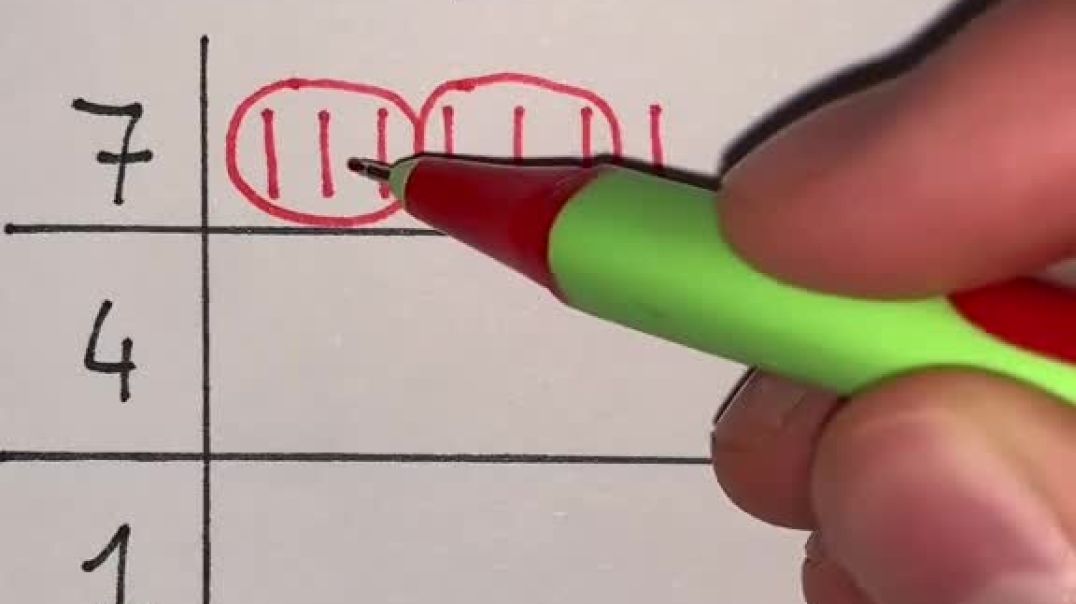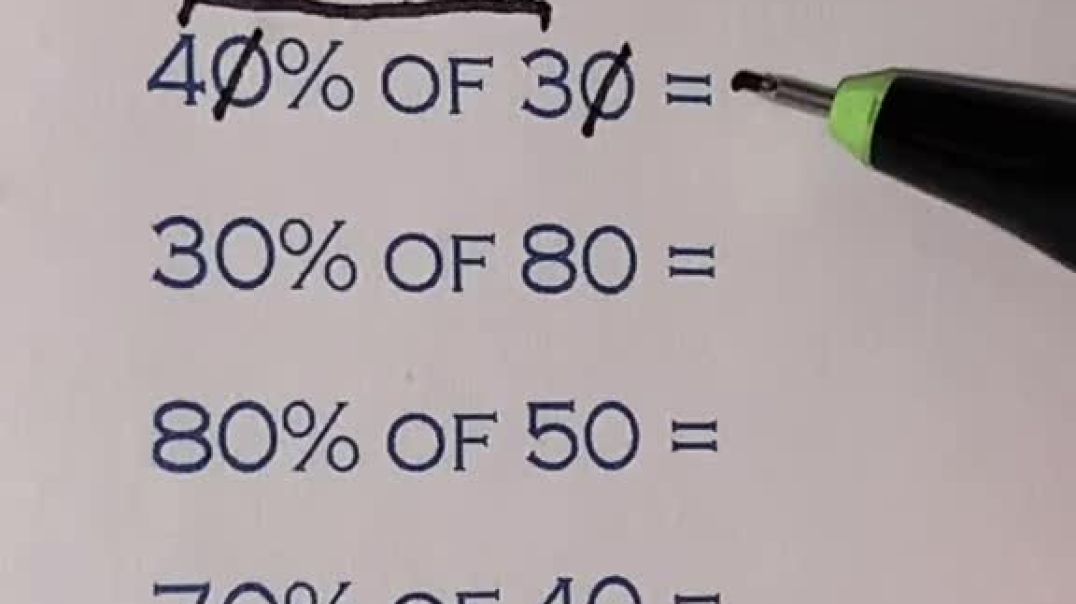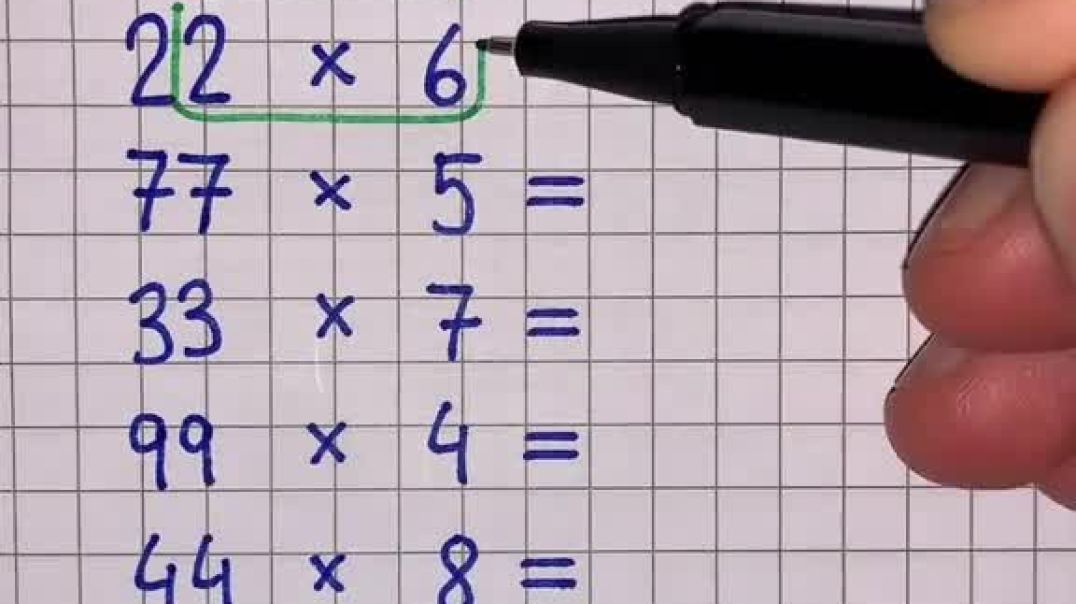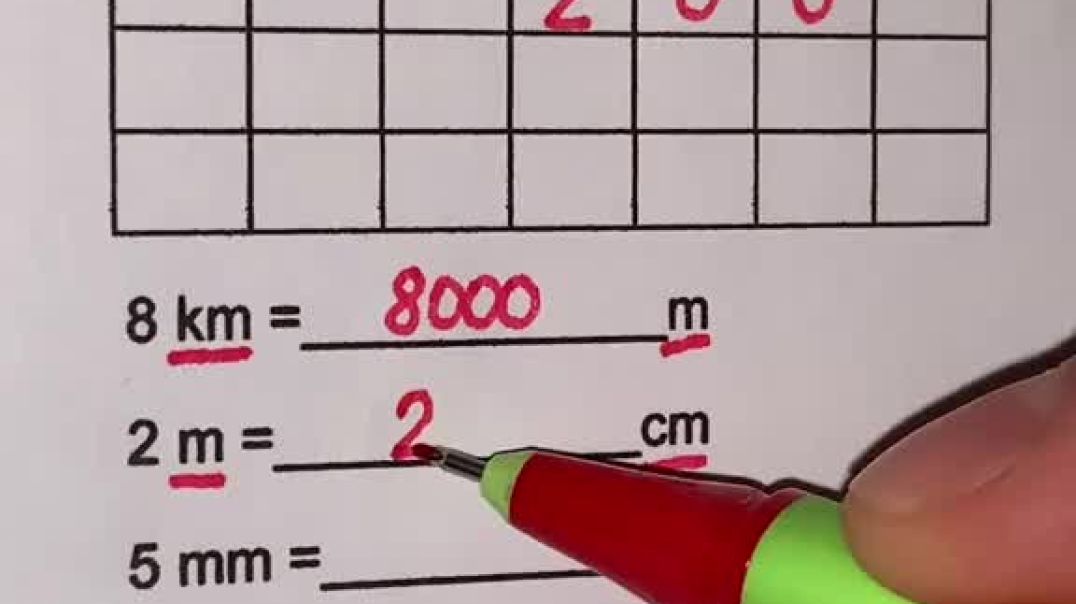Latest videos
https://www.patreon.com/homeschoolpop Learn about shades of meaning in this fun language arts video for kids! You'll learn what shades of meaning are, and how shades of meaning help you pick the right word! Don't forget to watch to the end to play the Shades of Meaning Game!
00:00 Introduction
0:28 What shades of meaning do
0:39 First example
1:05 Second example
2:10 Third example
3:17 Shades of meaning game
❤️ Homeschool Pop? Join our team and get tattoos here: http://homeschoolpop.com
Don't forget to follow us on Instagram:
https://www.instagram.com/homeschoolpop/?hl=en
Music credits:
Pamgaea by Kevin MacLeod
Link: https://incompetech.filmmusic.io
License: http://creativecommons.org/licenses/by/4.0/
Bassa Island Game Loop by Kevin MacLeod
Link: https://incompetech.filmmusic.io
License: https://filmmusic.io/standard-license
Angel Share by Kevin MacLeod
Link: https://incompetech.filmmusic.io
License: https://filmmusic.io/standard-license
Winter Reflections by Kevin MacLeod
Link: https://incompetech.filmmusic.io
License: https://filmmusic.io/standard-license
Blippy Trance by Kevin MacLeod
Link: https://incompetech.filmmusic.io/song/5759-blippy-trance
License: http://creativecommons.org/licenses/by/4.0/
Electro Caballo by Kevin MacLeod
Link: https://incompetech.filmmusic.io/song/3707-electrodoodle
License: https://filmmusic.io/standard-license
Thanks for learning about shades of meaning with us!
We hope to see you next video!
This is going to ROCK! Learn about prefixes in this language arts video for kids! You will learn what prefixes are, how they work and how to use them! Hint: you already use them, maybe without even realizing it!!
❤️ Homeschool Pop? Join our team and get tattoos here: http://homeschoolpop.com
Thanks for learning with us today! We hope to see you next video!
Homeschool Pop Team
https://www.patreon.com/homeschoolpop In this social studies lesson video for kids we learn about the Statue of Liberty! The Statue of Liberty is on Liberty Island in New York Harbor, in the city of New York City. You will also learn how and why Lady Liberty (the subject of the statue) is green!
❤️ Homeschool Pop? Join my team and get tattoos here: http://homeschoolpop.com
Thanks for learning with me today! I hope to see you next video!
Daniel
"Homeschool Pop"
WOW! Learn about reptiles in this animal learning video for kids! Learn some examples of reptiles, what makes an animal a reptile and why they are so awesome!
0:00 Introduction
00:22 Examples of reptiles
00:49 Reptiles are covered in scales
02:24 Reptiles breathe in oxygen
02:59 Reptiles are cold-blooded
❤️ the videos? Consider supporting the channel here: http://homeschoolpop.com
Thanks for learning with me today! I hope to see you next video!
Daniel
"Homeschool Pop"
https://www.patreon.com/homeschoolpop Learn all about Niagara Falls in this learning video for kids! See why Niagara Falls is such an extraordinary natural wonder on the border of the United States and Canada.
00:00 Introduction
0:32 Basic facts about Niagara Falls
0:57 Horseshoe Falls
1:50 American Falls and Bridal Veil Falls
2:20 The Niagara River
3:08 Historic events at the Falls
4:54 Energy from Niagara Falls
❤️ Homeschool Pop? Join my team and get tattoos here: http://homeschoolpop.com
Music credit: "Digital Lemonade" Kevin MacLeod (incompetech.com)Licensed under Creative Commons: By Attribution 3.0 Licensehttp://creativecommons.org/licenses/by/3.0/
Thanks for watching my video on Niagara Falls for kids!
I hope to see you next video!
Daniel
"Homeschool Pop"
WOW! Learn all about hurricanes in this educational science video for kids! See why these storm systems are so powerful, and learn some tips about how to stay safe during a hurricane!
❤️ Homeschool Pop? Join our team and get tattoos here: http://homeschoolpop.com
Thanks for learning with us today! We hope to see you next video!
Homeschool Pop Team
Kids! It's time for some Mount Rushmore learning! Learn all about Mount Rushmore in this fun video for kids!
❤️ Homeschool Pop? Join our team and get tattoos here: http://homeschoolpop.com
Thanks for learning with us today! We hope to see you next video!
Homeschool Pop Team
https://www.patreon.com/homeschoolpop Learn all about armadillos in this fun learning video for kids! You will learn what kind of animal armadillos are, what their shell does, what armadillos eat and much more!
00:00 Introduction
0:07 Do armadillos have shells?
0:20 What kind of animals are armadillos?
1:13 How fast can armadillos run?
1:42 Do armadillos have hair?
2:20 What do armadillos eat?
3:02 Where do armadillos live?
3:26 Do armadillos dig burrows?
4:03 Armadillo review
❤️ Homeschool Pop? Join our team and get tattoos here: http://homeschoolpop.com
Don't forget to follow us on Instagram:
https://www.instagram.com/homeschoolpop/?hl=en
Photo credit of the burrow:
Rabbit den hole in Parco Alto Milanese - Busto Arsizio, Lombardy, Italy - 2021-04-05.jpg
Picture of the hole of a rabbit burrow in the woods of Parco Alto Milanese. This den is located inside the municipality of Busto Arsizio (VA), in Lombardy, in Italy. Picture taken in the 5th of april in 2021. 2021-04-05
By Mænsard vokser
Music credits:
Wallpaper by Kevin MacLeod
Link: https://incompetech.filmmusic.io
License: http://creativecommons.org/licenses/by/4.0/
Blippy Trance by Kevin MacLeod
Link: https://incompetech.filmmusic.io
License: http://creativecommons.org/licenses/by/4.0/
Bassa Island Game by Kevin MacLeod
Link: https://incompetech.filmmusic.io
License: http://creativecommons.org/licenses/by/4.0/
Funin and Sunin by Kevin MacLeod
Link: https://incompetech.filmmusic.io
License: http://creativecommons.org/licenses/by/4.0/
Digital Lemonade by Kevin MacLeod
Link: https://incompetech.filmmusic.io
License: http://creativecommons.org/licenses/by/4.0/
Thanks for watching!
We'll see you next video!
https://www.patreon.com/homeschoolpop Learn all about Albert Einstein in this learning video for kids! We will learn interesting details about Albert Einstein's life. We will also look at two discoveries that Albert Einstein made that changed the way we look at the universe!
00:00 Introduction
0:16 Albert Einstein's early life
1:04 Albert Einstein as a young man
1:45 His accomplishments
2:15 A major discovery by Einstein
3:49 The theory of general relativity
💙 Homeschool Pop? Join our team and get tattoos here: http://homeschoolpop.com
😎 You are SO cool! Thanks for watching and we will see you next video!
Music credit:
"Jellyfish in Space", "Deliberate Thought" Kevin MacLeod (incompetech.com)
Licensed under Creative Commons: By Attribution 3.0 License
http://creativecommons.org/licenses/by/3.0/
Thanks for watching this Homeschool Pop video on Albert Einstein for kids!
Homeschool Pop Team
https://www.patreon.com/homeschoolpop Learn some inspiring facts about Cesar Chavez in this short biography learning video for kids!
❤️ Homeschool Pop? Join our team and get tattoos here: http://homeschoolpop.com
Thanks for learning with us today! We hope to see you next video!
Homeschool Pop Team
https://www.patreon.com/homeschoolpop Learn about Amelia Earhart in this short learning video for kids!
00:00 Who was Amelia Earhart?
0:20 Amelia Earhart's early life
0:32 A love for flying
1:12 Her final adventure
❤️ Homeschool Pop? Join our team and get tattoos here: http://homeschoolpop.com
Thanks for learning with us today! We hope to see you next video!
Homeschool Pop Team
https://www.patreon.com/homeschoolpop Learn about Paul Revere in this short learning video for kids! You will learn basic facts about Paul Revere and the role he played in the American Revolutionary War!
❤️ Homeschool Pop? Join our team and get tattoos here: http://homeschoolpop.com
Thanks for learning with us today! We hope to see you next video!
Homeschool Pop Team
https://www.patreon.com/homeschoolpop Learn about Benjamin Franklin in this short learning video for kids! Discover the part he played in helping to start a new nation, and a handful of other fun facts!
00:00 Who was Benjamin Franklin?
0:31 Benjamin Franklin's early life
0:42 Benjamin Franklin was very accomplished
0:49 His role in helping to start a new nation
❤️ Homeschool Pop? Join our team and get tattoos here: http://homeschoolpop.com
Thanks for learning with us today! We hope to see you next video!
Homeschool Pop Team
Smart and quick Addition
Master division with our easy video tutorials. Learn long division, mental math shortcuts, and simple techniques to solve any division problem quickly.
Learn simple math tricks that make calculations effortless. Our free video tutorials cover percentages, multiplication, and more. Master numbers and boost your confidence in minutes!
This is a short video that demonstrates a simple and quick mental math trick for multiplying two-digit numbers with identical digits by a single-digit number (e.g., 55 x 3 or 22 x 6).
The method is as follows:
Multiply the repeating digit by the other number in the problem. For example, for 55 x 3, you calculate 5 x 3 = 15.
To find the result, write the number from step 1 twice, like 15 15.
Take the first digit of the first number (1) and place it at the beginning of your answer.
Add the second digit of the first number (5) to the first digit of the second number (1). This gives you the middle digit of your answer (5 + 1 = 6).
Take the second digit of the second number (5) and place it at the end of your answer.
This process quickly gives you the final answer: 165.
The video shows this method with the following examples:
55 x 3 = 165
22 x 6 = 132
77 x 5 = 385
33 x 7 = 231
99 x 4 = 396
44 x 8 = ? (The video does not show the final answer for this problem).
understand.mathematics from Tiktok
Plan an Entire Lesson in Minutes Using These 5 AI Prompts
Are you spending too much time creating lesson plans that don’t quite hit the mark? What if you could generate personalized, high-quality lesson plans in minutes instead of hours?
In this video, I’ll share 5 powerful ChatGPT prompts that will revolutionize your lesson planning process! Whether you teach K-12 or university students, these prompts will help you save time and create engaging lessons effortlessly.
📌 What You’ll Learn:
✅ How to tailor lesson plans using ChatGPT
✅ The best AI-driven prompt structure for effective teaching
✅ How to customize lesson content for different learning styles
✅ Time-saving AI strategies for busy educators
🔥 Prompts Covered in This Video:
1️⃣ Act as a curriculum designer. Develop a [grade level] [subject] lesson plan on [topic] aligned with [specific standard, e.g., Common Core ELA RL.5.1]. Include a 60-minute timeline, one hands-on activity using [material], and a rubric assessing [specific skill].
2️⃣ Develop a [grade level] [subject] lesson plan for students interested in [interest/hobby]. Include real-world scenarios, group projects, and reflective activities.
3️⃣ Generate a [grade level] [subject] lesson plan with three tiers for mixed abilities. Include scaffolded tasks for struggling students, on-level problem-solving, and open-ended challenges for advanced learners.
4️⃣ Create a [grade level] [subject] lesson plan with interactive or hands-on activities that encourage collaboration and critical thinking.
5️⃣ Design a [grade level] English lesson plan that explores slang greetings used in different English-speaking cultures.’
👋 Let’s Connect:
📌 LinkedIn: https://www.linkedin.com/in/ri....chard-campbell-edd-4
🐦 X: https://x.com/CodingHeroes
📷 Instagram: https://www.instagram.com/codingheroes/
📢 Drop a comment below: Which ChatGPT prompt will you use first? 🚀
#AIforTeachers #ChatGPT #LessonPlanning #EdTech #AIinEducation
Discover how to create AI prompts that deliver exactly what you need as a school psychologist, special education teacher, or school-based professional. In this video, we explain why some prompts don’t work and share actionable tips to help you generate clear and specific instructions. Learn how to save time, maintain control, and make AI a dependable tool in your daily tasks. Whether you’re new to AI or looking to improve your skills, this guide will help you use AI effectively in your educational environment.
Try Sophia Today: www.schoolpsych.ai
Connect with Us:
@schoolpsychai across all platforms.
Remember to engage with us by liking, sharing, and subscribing. Sophia and the team appreciate your support!
This audio podcast was generated using Notebook LM.




















